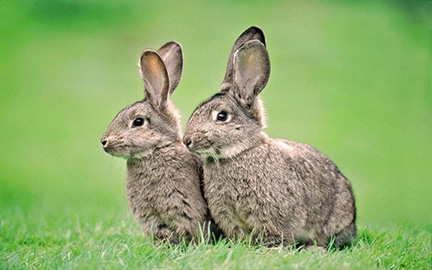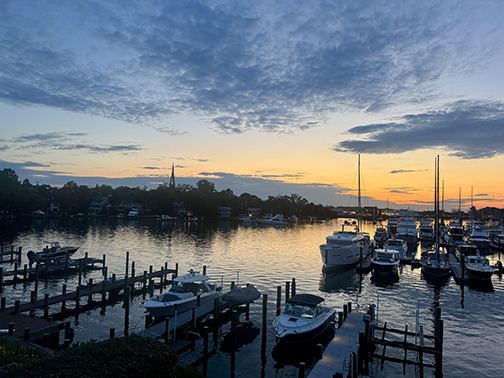 (Author’s Note: This recalls a Musing from December, 2020.)
(Author’s Note: This recalls a Musing from December, 2020.)
It just so happens that the first day of this new month falls on a Museday, the weekday formerly known as Tuesday. I hope you all remembered to say “Rabbit Rabbit!” when you woke up this morning. If you did, July will be lucky for you. If you didn’t, you might want to stay in bed for the rest of the month. Just sayin’…
In case you don’t happen to practice rabbit-rabbitology, it works like this: upon waking on the first day of a new month, you must immediately say “Rabbit! Rabbit!” If you do, you’ll have good luck throughout the month. However, if you should happen to forget, well, some things are better left unsaid. Despite what Wikipedia thinks, this is not just a silly superstition; it’s a cold, hard fact—just ask all the lucky individuals who hit the lottery after shouting RABBIT RABBIT like a lunatic on the first day of their lucky month.
Some rabbiteers, especially British ones, believe it’s essential to invoke three rabbits upon waking, not just two. I think that’s a bit of overkill but so what? We need all the luck we can get these days. Who knows? Maybe if I remember to say “Rabbit! Rabbit!” on the first day of August, I’ll wake up to find out these last few months were just a bad dream.
Rabbits, especially ones with cute little feet, have always been associated with good luck. Why is that? Why don’t we have key chains featuring curly pig’s tails or furry llama’s ears? I’m surprised that PETA hasn’t done as much to protect rabbits’ feet as it has to safeguard all those feisty minks from the mean furriers who would make them into fashionable fur coats. My wife has one such coat hidden away in a closet, far from the prying eyes of any anyone who might make her life miserable if she wore it to the grocery store on some frosty winter day. She claims it isn’t really hers —“it belonged to my mother!”—so, of course, she’s not culpable.
Back in the day, we used rabbit ears for better reception on our old black-and-white television sets. Was that because their ears were as lucky as their feet? What about their little cottontails? Aren’t they lucky, too? All the rabbits I know have refused to comment on the matter.
Rabbits abound—as they are wont to do—in literature. Peter bedeviled Mr. McGregor in his garden. Flopsy, Mopsy, and Cottontail are beloved by generations of children, as is Margery Williams’ “Velveteen Rabbit.” It was the White Rabbit, running late as usual, who led Alice down to Wonderland, and that same rabbit caused my generation to tune in to Grace Slick and the Jefferson Airplane. My own two children loved their tactile storybook “Pat the Bunny,” while I, reader of record in our household, preferred Richard Adams’ debut novel, “Watership Down,” a wonderful story about a nest of rabbits seeking to establish a new home after their old warren was destroyed. That book was rejected seven times before Rex Collings, Ltd, a one-man publishing operation in London, saw the light in 1972. The book won several major awards and became a series on Netflix. How’s that for good luck!!
Some people believe luck is self-made. One works hard or practices hard, and, lo-and-behold, one gets lucky. Maybe, but I prefer to thank those two (or three) little rabbits who are working hard to send a monthly dose of good luck to all those of us who believe in them. I think of them akin to Santa’s elves, laboring away up in their North Pole workshop, big ears and all.
Rabbits have always been symbols of fertility. At Easter, one even shows up with a basket full of colored eggs, a mixed metaphor if ever I saw one. Maybe that’s a rabbit’s dirty little secret: a rabbit can even get lucky with a chicken.
I’ll be right back.
Jamie Kirkpatrick is a writer and photographer who lives on both sides of the Chesapeake Bay. His editorials and reviews have appeared in the Washington Post, the Baltimore Sun, the Philadelphia Inquirer, the Pittsburgh Post-Gazette, the Washington College Alumni Magazine, and American Cowboy Magazine. His most recent novel, “The Tales of Bismuth; Dispatches from Palestine, 1945-1948” explores the origins of the Arab-Israeli conflict. It is available on Amazon and in local bookstores. His newest novel, “The People Game,” hits the market in February, 2026. His website is musingjamie.net.










